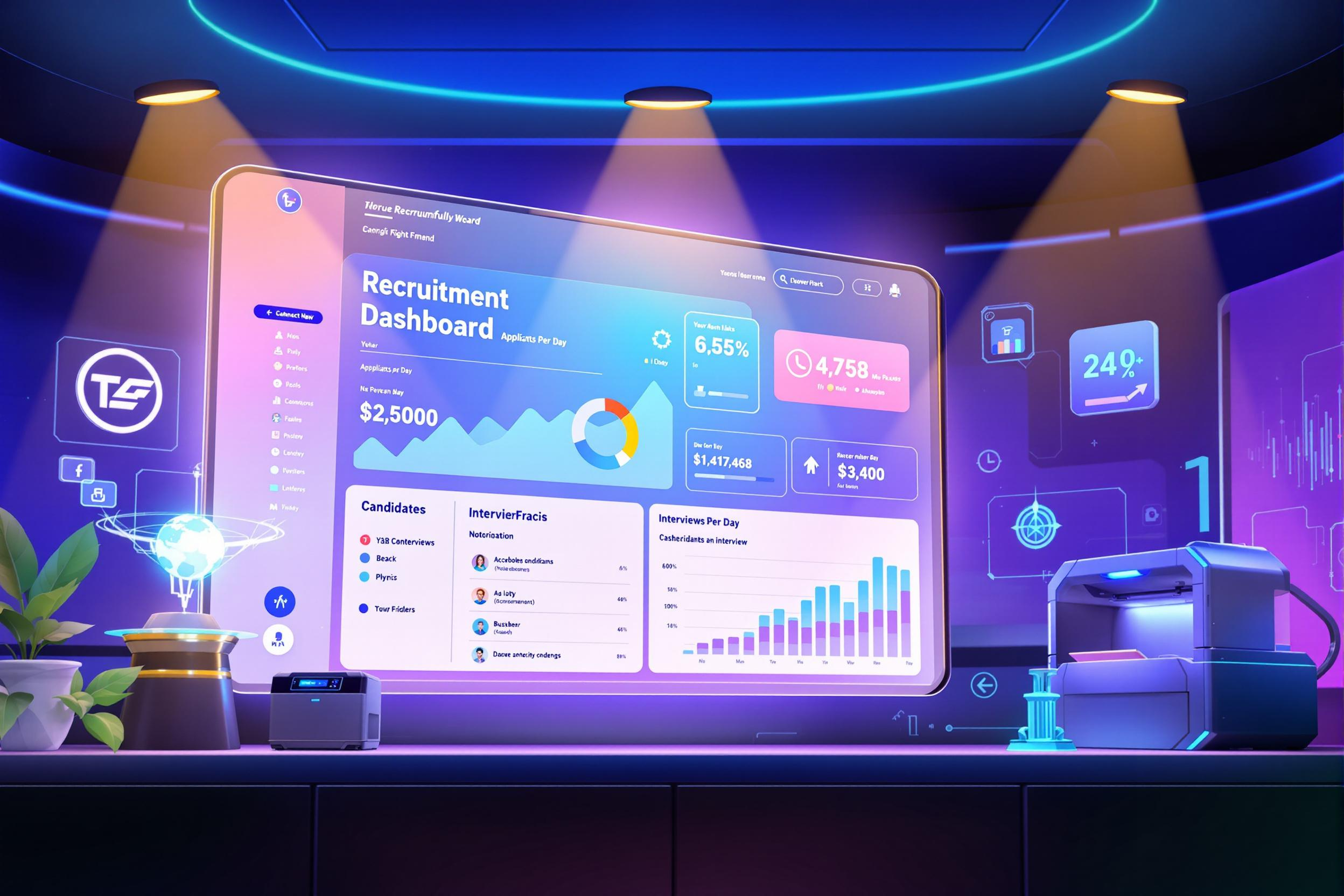
Digital Asset Management
Digital Asset Management (DAM) is a system that helps organizations store, organize, and share their digital files like images, videos, documents, and brand materials. Think of it as a super-organized digital library that makes it easy for teams to find and use the right files, especially when working remotely. It's particularly important for companies with lots of marketing materials, product photos, or training content that need to be accessed by different team members from anywhere in the world. This helps prevent issues like using outdated logos or trying to email large files back and forth.
Examples in Resumes
Implemented Digital Asset Management system that improved team efficiency by 40%
Led migration of company materials to new DAM platform for 500+ users
Trained remote teams on Digital Asset Management best practices
Streamlined workflow by integrating DAM with existing marketing tools
Typical job title: "Digital Asset Managers"
Also try searching for:
Where to Find Digital Asset Managers
Professional Communities
Job Boards
Example Interview Questions
Senior Level Questions
Q: How would you handle a company-wide DAM implementation for a global team?
Expected Answer: Look for answers that discuss change management, user training, metadata strategy, and integration with existing tools. They should mention experience with large-scale implementations and handling different user access levels.
Q: How do you measure the success of a DAM system?
Expected Answer: Candidates should mention metrics like user adoption rates, time saved in asset retrieval, reduction in duplicate assets, and ROI through improved workflow efficiency.
Mid Level Questions
Q: How do you establish an effective metadata strategy?
Expected Answer: Look for understanding of how to organize and tag files in a way that makes sense for different departments, creating consistent naming conventions, and making assets easily searchable.
Q: How would you train remote teams to use a DAM system?
Expected Answer: Should discuss creating documentation, conducting virtual training sessions, providing ongoing support, and gathering user feedback for improvements.
Junior Level Questions
Q: What's the difference between a basic folder system and a DAM system?
Expected Answer: Should explain benefits like better search capabilities, version control, user permissions, and the ability to preview and share files easily.
Q: How do you handle version control in a DAM system?
Expected Answer: Should demonstrate understanding of file versioning, how to maintain the most current assets, and archiving older versions while keeping them accessible if needed.
Experience Level Indicators
Junior (0-2 years)
- Basic file organization and tagging
- User support and training
- Understanding of common file formats
- Basic metadata management
Mid (2-5 years)
- System administration
- Metadata strategy development
- User permission management
- Integration with other business tools
Senior (5+ years)
- Large-scale implementation management
- Workflow optimization
- Team leadership
- Strategic planning and ROI analysis
Red Flags to Watch For
- No experience with remote team collaboration
- Lack of organizational skills
- Poor understanding of metadata importance
- No knowledge of digital file formats and standards
Related Terms
Need more hiring wisdom? Check these out...

Redefining Team Collaboration in a Digital Workspace

Building an Unshakable ATS Data Governance Framework: A Guide to Protecting Your Recruitment Goldmine

Human Capital Operational Excellence: Unlocking Your Organization's Potential

